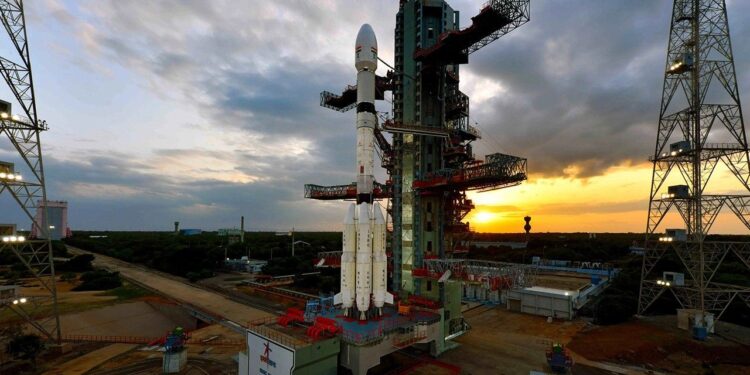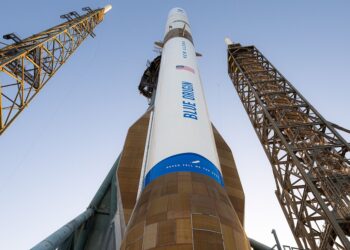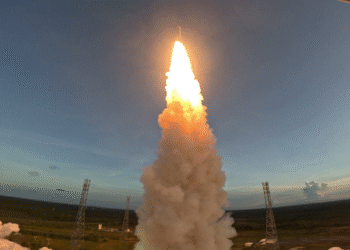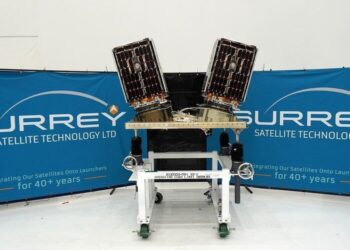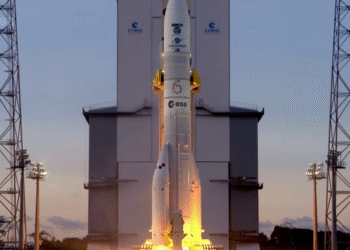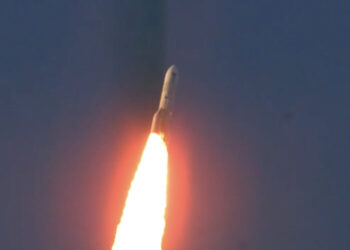The NISAR satellite, a collaborative effort between NASA and ISRO, has been cleared for launch. This mission, which combines the expertise of both space agencies, aims to collect extensive radar data to better understand natural phenomena and climate changes on Earth.
NISAR, short for NASA-ISRO Synthetic Aperture Radar, is set to be a landmark in terms of its data collection capabilities. This satellite will offer high-resolution global measurements and produce a comprehensive set of data immensely valuable for scientists worldwide.
Objectives of the NISAR Mission
The primary objectives of the NISAR satellite mission include:
- Monitoring Earth’s ecosystem disturbances
- Studying ice sheet dynamics
- Observing agricultural and forest biomass changes
- Detecting and measuring surface deformation
By combining NASA’s L-band and ISRO’s S-band radars, NISAR aims to achieve unprecedented observational capabilities.
Significance of NISAR
The data collected from NISAR will help researchers understand changes in the Earth’s climate and environment with greater accuracy. This will aid in disaster management and enhance our ability to predict natural calamities, ultimately contributing to the safety and well-being of global communities.
The collaboration exemplified by NISAR showcases the power of international cooperation in advancing space exploration and scientific knowledge. Researchers anticipate that the insights gained from this mission will have a profound impact on climate science and environmental monitoring.
For more information, you can visit the official NASA blog.


